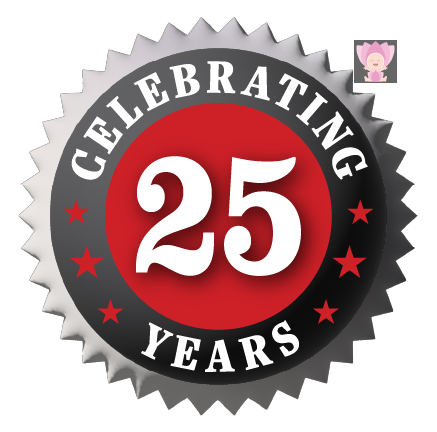“When Your Social Battery Runs Out: 5 Ways to Stave Off Exhaustion”

Are you exhausted after socializing with friends? Do you feel like hiding away from the world at the end of each workday? Well, you’re not alone.
Before I was diagnosed with ADHD, I considered myself an introvert who absolutely needed regular breaks after any kind of social interaction. I’d take naps after work, exhausted from my teaching job (I reasoned that I had chosen the wrong career), as I needed to recover before making dinner and tending to family responsibilities.
But as I learned more about how neurodivergent individuals experience the world, I realized that socializing (at any level) and its effects on us extend well beyond simple notions of introversion and extroversion. It’s a lot more nuanced and complicated than that.
For many of us, our days are a meticulous balancing act. We try to manage our symptoms — which literally affect how we socialize — on top of emotional dysregulation and sensory differences, all while masking that we have anything going on with us. Is it any wonder that interacting with the outside world in any capacity leaves us feeling drained and irritable?
Navigating social exhaustion is a two-fold process. It is equally about prevention and about having the right tools to bounce back when it does happen. If you’re like me, I offer you these five strategies to help you avoid and recover from social exhaustion.
1. Pay close attention to your body.
I’ve learned to recognize the subtle signals my body sends — from slight irritability and the beginnings of fatigue — to indicate that my social exhaustion levels are rising. Before I was diagnosed, I’d ignore these signs and push through, which would only lead to social burnout. Now, I try to check in with myself throughout the day, especially when I’m socializing more than usual.
[Read: ADHD Fatigue Is a Real (Exhausting) Thing]
2. Select the communication method that works best for you.
Face-to-face conversation is often pushed as the ideal way to communicate, but I don’t think I’d be alone in saying that many of us prefer a method of communicating that is, should I say, less in-your-face.
Face-to-face communication fatigues me because I’m working hard to listen to the person’s words while analyzing their body language, navigating uncomfortable eye contact, and masking to avoid judgment and meet expectations I think others have of me.
While I don’t mind face-to-face talk in small doses, I much prefer non-verbal avenues to keep in touch with friends, such as messenger apps, text messages, and e-mail. I find it alleviates a lot of the aforementioned expectations that quickly lead to social exhaustion.
On that note…
3. Connect with like-minded people.
Have you ever felt an instant connection with someone of the same neurotype as you? Having like-minded friends who like to socialize and connect in the same way I do feels like a lifeline. After all, it’s not like I don’t appreciate connecting with others. It’s just that I, like many other neurodivergent individuals, need to connect in different ways and doses than most neurotypical people do.
[Read: “My Best Friend Doesn’t ‘Tolerate’ My ADHD. She Values It.”]
I have a handful of friends with whom I can have conversations made up entirely of memes and videos, no words needed. It allows us to maintain a healthy connection on our own terms.
4. Set boundaries.
Yes, setting boundaries is hard. Socializing can sometimes feel obligatory, as we want to avoid potentially hurting others’ feelings if we reject their invites and attempts at connecting.
I would often say yes to things that I knew would exhaust me. That was until someone put it to me this way: When you say yes to something, you are ultimately saying no to something else. It absolutely changed how I decided what I would commit to. If you say yes to attending yet another work happy hour or to staying late to volunteer when you’ve already had a long day, it might mean that you’re saying no to time with your kids, to energy you could’ve used for a hobby you love, or to the down time you know you need to persevere through the rest of the week.
5. Schedule recovery time.
When I know I’ve hit my socializing limit, I schedule a day free from virtually all human interaction. I call it a reboot day. I put my phone away and shut off everything that signals social obligation. I also surround myself with my favorite snacks, my pets, and a good book or a new movie. It’s the reset I need to keep me going; your reset may look different from mine.
In all, there are so many ways to bounce back after social exhaustion. Often, it’s simply a case of trial and error to find out what works for you.
Social Exhaustion and ADHD: Next Steps
 CELEBRATING 25 YEARS OF ADDITUDE
CELEBRATING 25 YEARS OF ADDITUDE
Since 1998, ADDitude has worked to provide ADHD education and guidance through webinars, newsletters, community engagement, and its groundbreaking magazine. To support ADDitude’s mission, please consider subscribing. Your readership and support help make our content and outreach possible. Thank you.
















Leave a comment